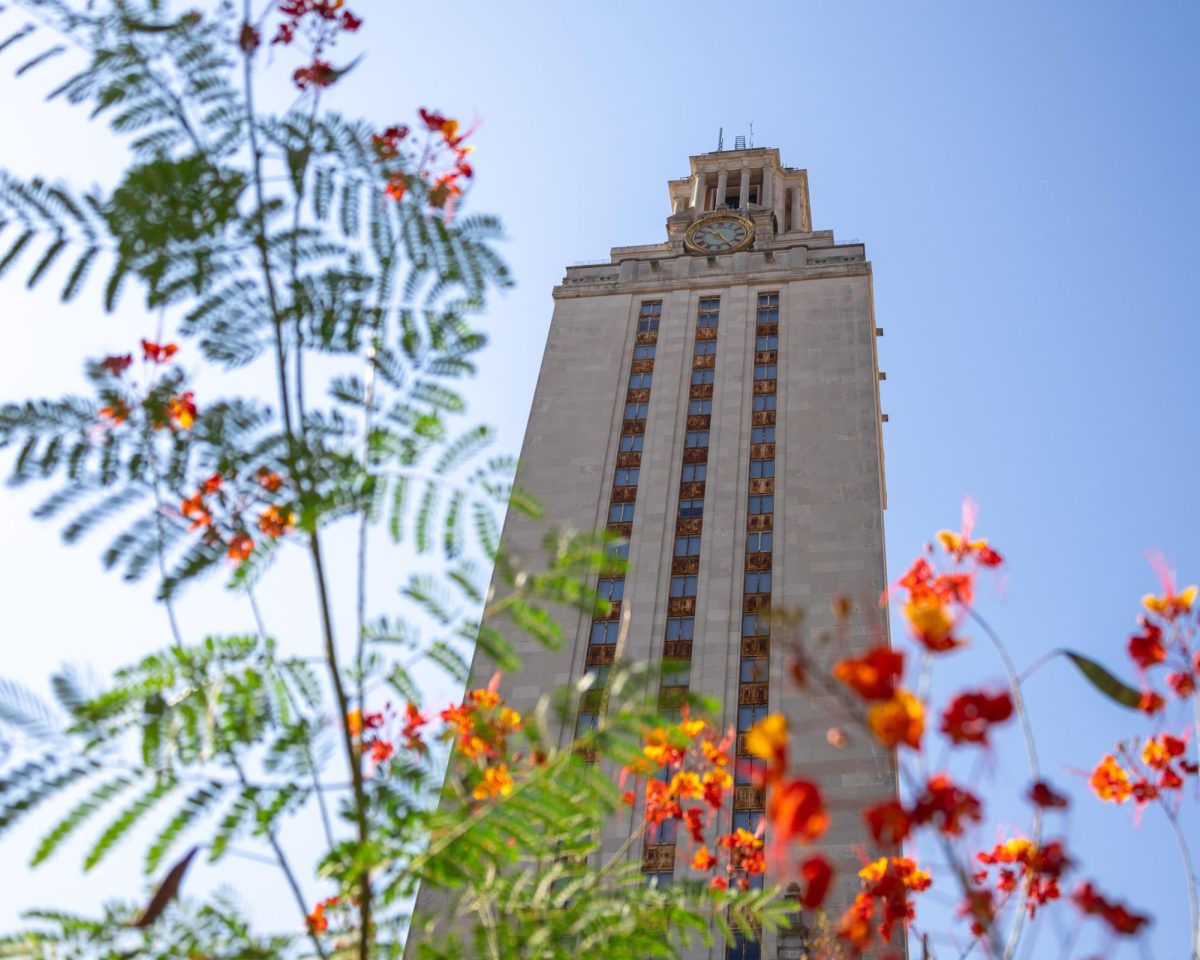Students like sociology sophomore Kaelyn Armstrong, who has a gluten sensitivity, have found it hard to find and afford gluten-free options in University dining halls.
“It makes it hard (to manage) my dine-in-dollars, because it’s more expensive,” said Armstrong of the gluten-free options. “It makes it hard to choose what to eat, but I don’t know how it’s different from anyone else with dietary restrictions. Anyone can do it — it’s just irritating.”
The U.S. Department of Justice requires universities to provide gluten-free food options and classifies food allergies under the Americans with Disabilities Act. The Department of Justice also regulates the “gluten-free” label, requiring labeled gluten-free food to meet a standard of less than 20 parts per million of gluten per product. UT does not test their foods using this government process, so they label their options “gluten-free friendly.”
Lindsay Wilson, registered dietician for UT dining, said she does not usually receive formal complaints from students.
Wilson said students with conditions that keep them from consuming gluten, such as celiac disease, can apply for dining accommodations. She said once their condition is verified, dining will help them design a personalized meal plan.
“If a student does follow any special diet, or is having difficulty finding options in our campus locations, the best they can do is reach out and contact one of our dining staff members,” Wilson said. “We will work with them to get those accommodations or help them find what they need. If we don’t know they need help, we can’t help.”
The expense of gluten-free products, Wilson said, comes from more costly ingredients and the use of separate facilities, equipment and special handling processes.
“Whenever we do sell options in retail locations, they’re priced just as any other food item we have,” Wilson said. “We don’t price them down to try and give a break to students that need to follow a gluten-free diet. We price it just like any other item. Since any gluten-free item is inherently expensive, it may be more expensive.”
The Food Allergy Support Team line in J2 dining works to provide gluten-free options in a buffet setting. It provides food free of the top 8 food allergens: eggs, peanuts, milk, nuts, fish, soy, shellfish and gluten. Wilson said the team’s products go straight to a separate station, which has its own storage area. They are washed, prepped and cooked there to reduce chances of cross-contamination.
“I really like the FAST line, but it’s not always open,” chemical engineering freshman Ray Selindis said. “It opens after and closes before the dining halls open and close. So, I think the options are adequate, and there definitely could always be more. But, on the whole, UT Austin has done a pretty good job with gluten-free options.”
Selindis is allergic to gluten, and he said he does not blame the dining halls for the higher costs.
“In Jester City Limits, all the gluten-free stuff is more expensive,” Selindis said. “I’m pretty used to that, though. The fact that the dining halls are doing it isn’t unreasonable. It’s just more expensive to make the products. Everywhere you go, if you try to order something gluten free, it’ll cost more, even at restaurants and the grocery store.”





















